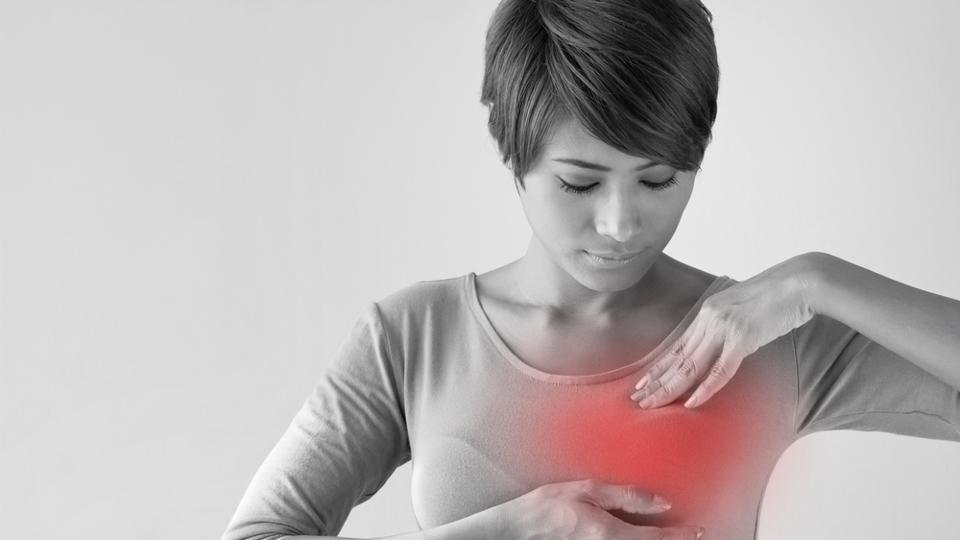
It is recommended that women above twenty years do breast self-examination once in a month. Women above 40 years of age should get a mammogram done once a year.
When detected early, the treatment becomes simpler, shorter and cheaper.
Breast cancer is the leading type of cancer seen in Indian women today. There are reports that the disease may kill 76,000 Indian women every year by 2020. It contributes to 32 % of women related cancers. One in 29 women in India have a life time risk of developing breast cancer. Though the magnitude of the disease is high, it is a very treatable disease. Breast cancer is one of the few cancers when detected early and treated appropriately, can be completely cured.
Normal life after breast cancer treatment is possible but the pre-requisite is early detection. When detected early, the treatment becomes simpler, shorter and cheaper. And more importantly complete cure is possible. There are certain early detection guidelines, when followed; chances of early detection are very high, when treatment is easier. It is recommended that women above twenty years do breast self-examination once in a month. Women above 40 years of age should get a mammogram done once a year.
“Breast self-examination takes less than three minutes. It has to be done on seventh day of the periods. However, women who have achieved menopause or have undergone hysterectomy or have irregular periods need to do it on a particular date of the month,” says Dr Jayanti S Thumsi, Incharge – Department of Breast Oncology, BGS Gleneagles Global Hospital, Bangalore.
The first step is to stand in front of the mirror with bare body. Observe the shape and size of both the breasts. Look for any obvious swelling. Observe the skin over the breast. Look for dimpling, puckering, redness or scaliness of the skin. Observe both the nipples. They are normally pointing outwards. Check if it has got distorted or inverted, look for nipple discharge. If so, observe the colour of the discharge.
In step two, raise both the hands as the underarm region is a part of the breast. Look for any lumps or skin changes in the arm pit.